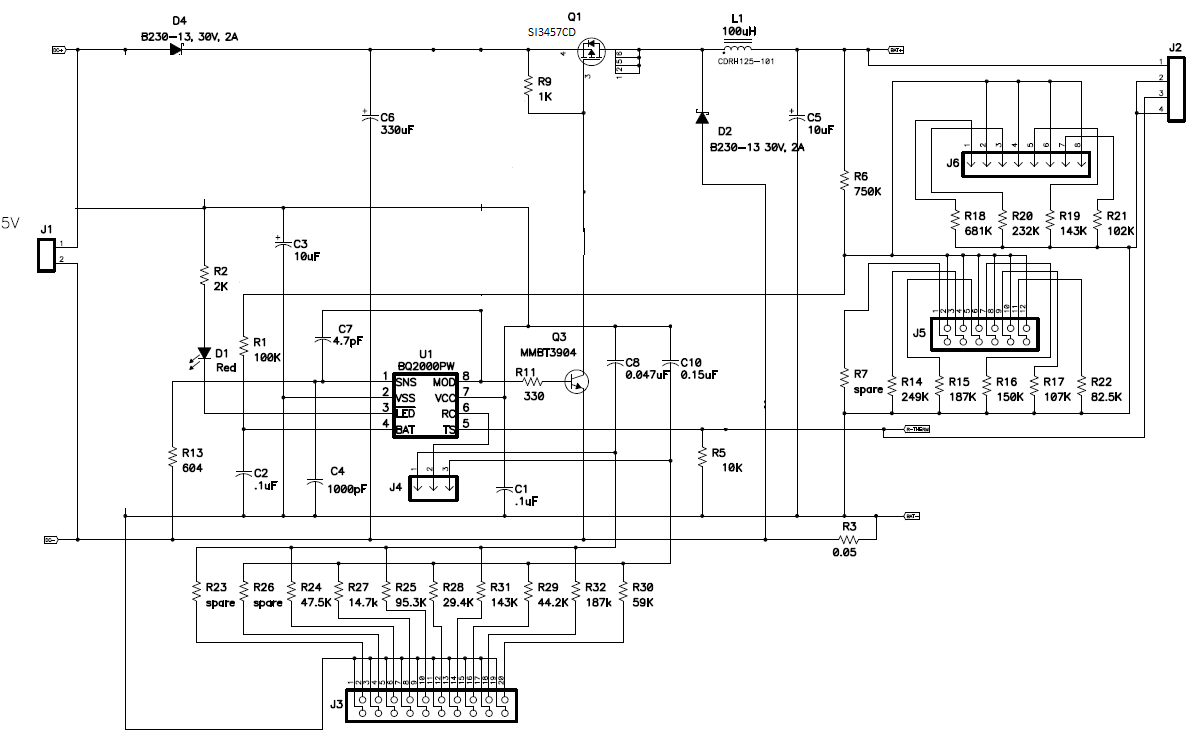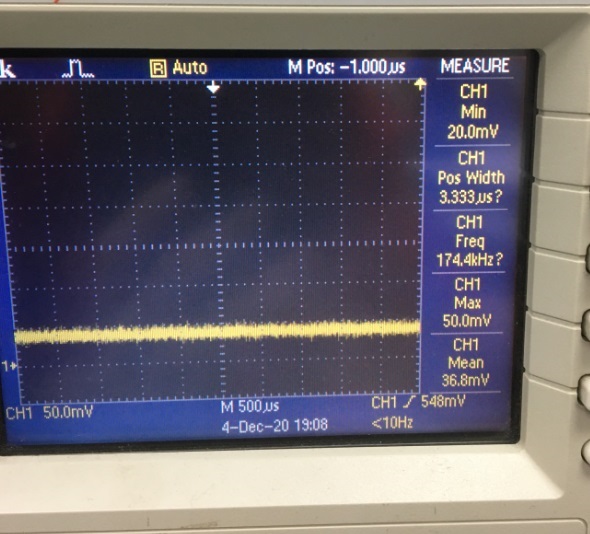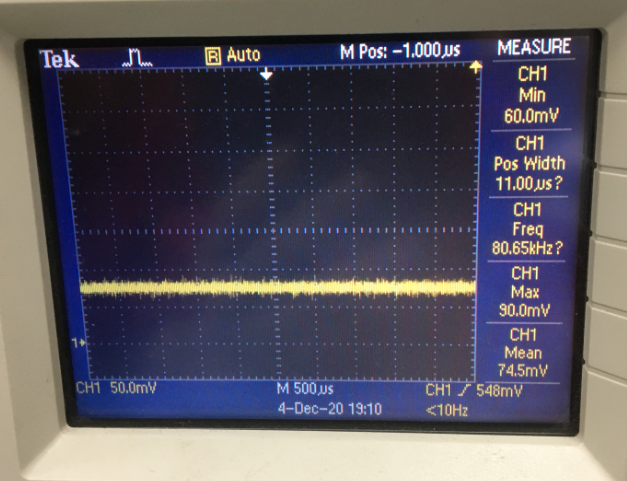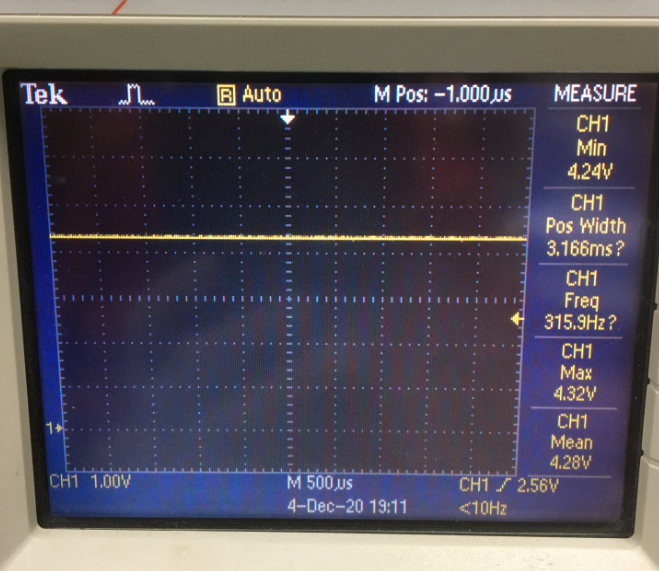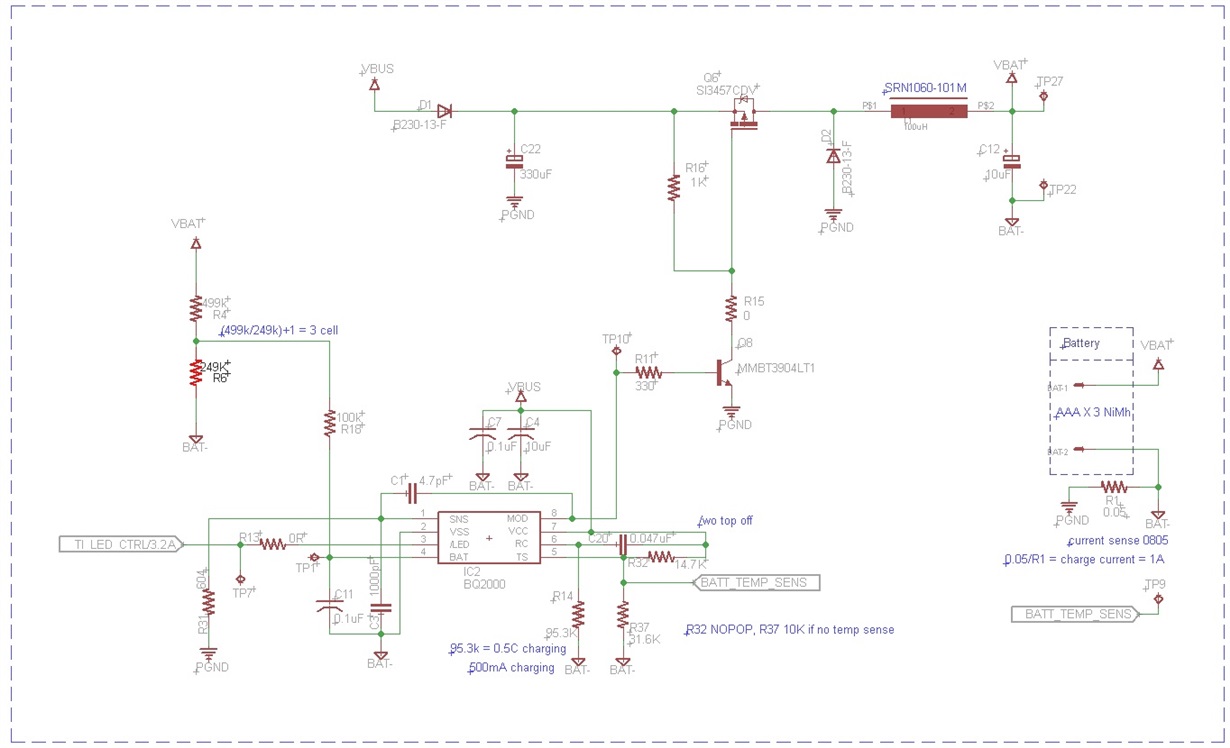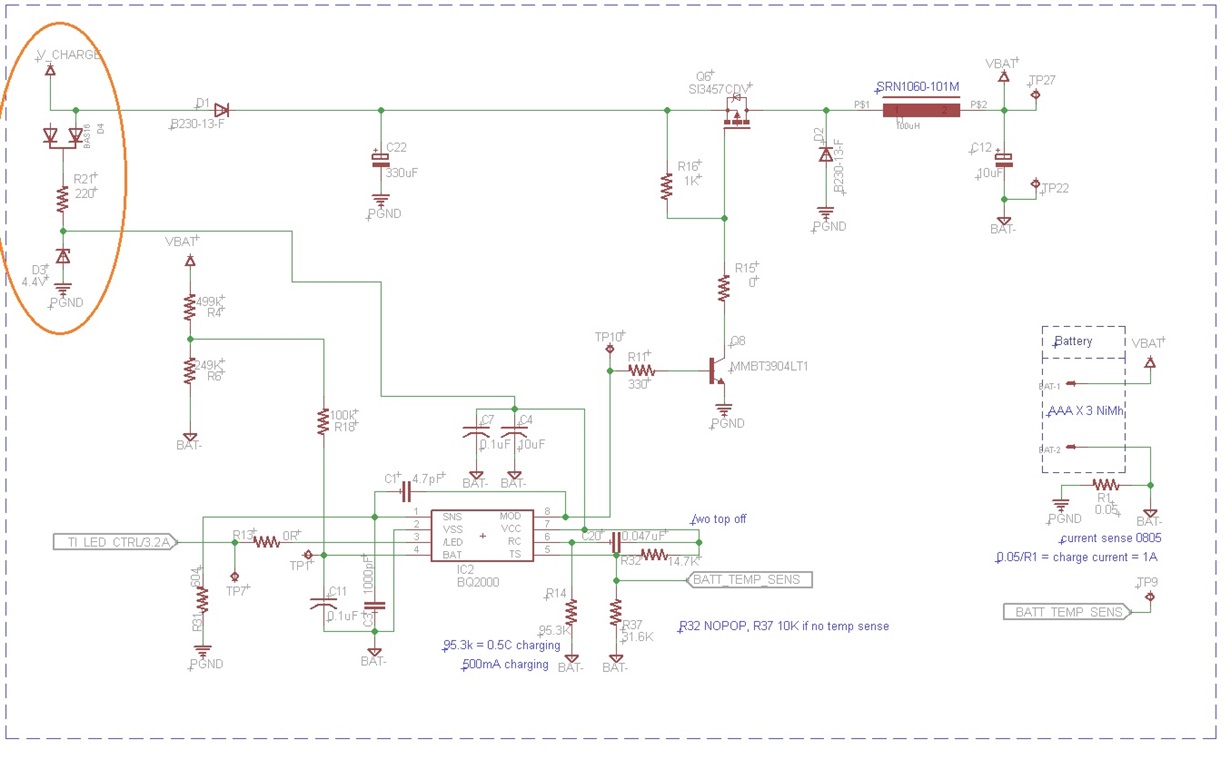Hi there,
based off these 2 posts
https://e2e.ti.com/support/power-management/f/196/t/852555?tisearch=e2e-sitesearch&keymatch=bq2000
https://e2e.ti.com/support/power-management/f/196/t/854802?tisearch=e2e-sitesearch&keymatch=bq2000
we went ahead to make the design as follows:
Input voltage is 5V via USB-C , charging 3 cell NiMh battery 3.6V 1100mAh , at 0.5C without topoff. The battery has no NTC hence 10k resistor pull down.
The PFET used is SI3457 as original 3455 is not available anymore, and fast switching transistors + circuitry removed.
The issue we are facing now is that this circuit "seems" to be able to charge a NiMh battery , because it is able to charge a battery from 3.9V to 4.16V within 5 minutes. However using an oscilloscope to check the /LED , MOD and RC pins, I don't see the waveforms as suggested in the datasheet.
1.) the LED doesn't change state at all despite the battery seemingly holding a higher voltage before /after / during charging.
2.) the MOD pin during charging is at around 4.6V , and after cease charging goes down to 0V. However I dont see any switching as in the datasheet, just a flat 4.6V.
3) the RC pin also shows no state changing, the datasheet indicates that it should be switching. 0.047uF and 95.3K used for 0.5C charging and no top off config.
I hoped I have provided sufficient information for you guys to provide some insight into if the situation is normal or not , any clues would be appreciated, thx.


